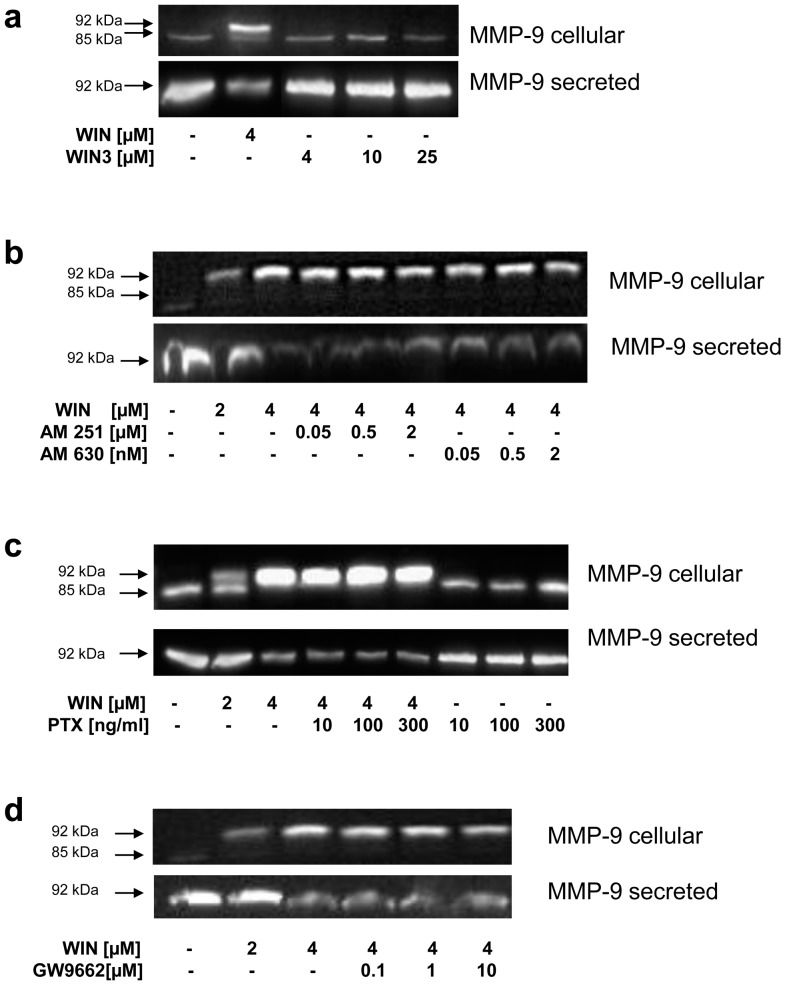Figure 5. WIN-induced regulation of MMP-9 was mediated by a specific binding site, which is different from CB1, CB2, and PPARy, and independent from pertussis-toxin.
Western blot analysis of cell lysates (MMP-9 cellular) and conditioned medium (MMP-9 secreted) of U937-macrophages treated with the receptor-inactive WIN-enantiomer S(–)-[2,3-Dihydro-5-methyl-3-[(4-morpholinyl)methyl]pyrrolo[1,2,3-de]-1,4-benzoxazinyl]-(1 naphthalenyl) methanone mesylat (WIN3), specific inhibitors for cannabinoid-receptors or pertussis toxin (PTX). Control cells were treated with vehicle. In each case the figure shows one representative analysis out of three. (a) Treatment with WIN3 demonstrated the specificity of the effect of WIN. (b) Inhibitors for CB1 (AM251) and CB2 (AM630) did not abolish the WIN-induced inhibition of secretion and intracellular accumulation of MMP-9. (c) Treatment with PTX did not abolish the WIN-induced effect. (d) Inhibition of PPARy with GW9662 had no influence on the effect of WIN on MMP-9.

